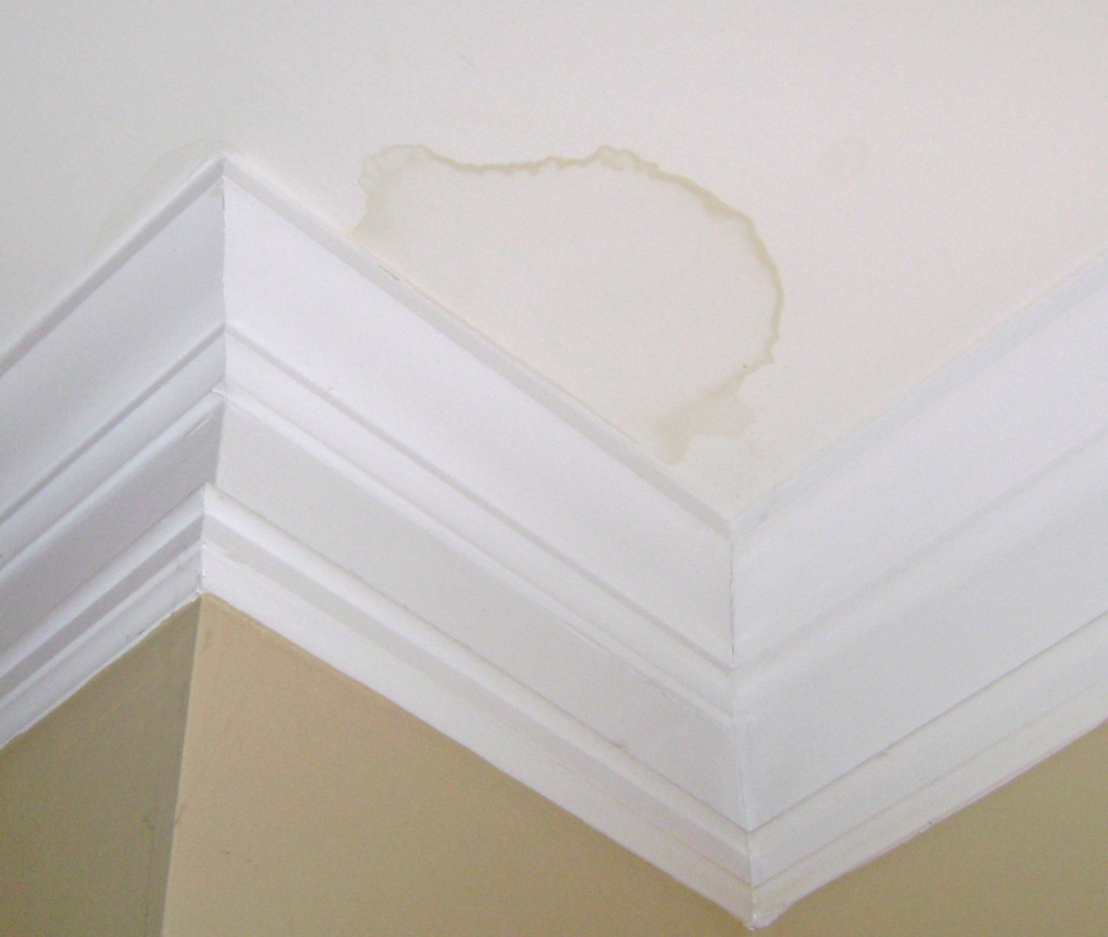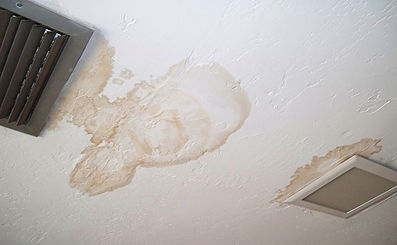Stains from Water on Walls: Inspecting and Fixing Techniques
Stains from Water on Walls: Inspecting and Fixing Techniques
Blog Article
We have discovered the article on Indicators of Water Damage Behind Walls down the page on the web and accepted it made sense to talk about it with you on this site.

Water spots on walls are not positive to the eyes. Your house ought to lack stains on the wall surfaces, roofing system, or floors. That is the perfect state of a residence and also its structures. Often it appears nearly unavoidable to experience water discolorations on walls in residences.
Homeowners staying in moist regions frequently handle the fear of water spots on wall surfaces. However that doesn't need to be the case for you. With accurate as well as well-rounded info on the reasons for water discolorations as well as punctual repair processes, you will certainly always be an action ahead of such occurrences. So, this post promises to be a practical guide for you.
3 Usual Reasons For Water Spots on Wall Surfaces
Unlike popular belief, water stains on walls do not constantly originate from bad structure products. There are numerous reasons for water discolorations on wall surfaces. These consist of:
Poor Drainage
When making a structure strategy, it is critical to make certain sufficient drain. This will certainly protect against water from permeating right into the walls. Where the drain system is blocked or nonexistent, underground wetness develops. This links to extreme dampness that you discover on the walls of your structure.
The leading cause of damp wall surfaces, in this case, can be a bad drain system. It can likewise be due to poor monitoring of sewer pipes that run through the structure.
Wet
When warm damp air meets with completely dry cool air, it triggers water droplets to base on the wall surfaces of structures. When there is steam from food preparation or showers, this occurs in bathrooms and also kitchen areas. The water droplets can stain the bordering walls in these parts of your residence as well as spread to various other locations.
Moist or condensation influences the roofing and wall surfaces of buildings. When the wall surface is wet, it develops a suitable setting for the growth of fungis as well as microbes.
Pipe Leaks
A lot of homes have a network of pipes within the walls. This makes sure that the pipelines are faraway from the reach of damaging rodents. It always increases the feasibility of such pipes, as there is little oxygen within the wall surfaces. This prevents corrosion.
A disadvantage to this is that water leak impacts the walls of the structure as well as creates widespread damages. A telltale sign of malfunctioning pipes is the appearance of a water tarnish on the wall surface.
Water Stains on Wall: Repair Tips
When dealing with water stains, homeowners would typically desire a fast solution. Yet, they would certainly quickly recognize this is detrimental as the water spots persist. So, right here are a few valuable ideas that will certainly guide you in the repair of water stains on walls:
Pro Idea
A houseplant in your home also raises its moisture. So, if your house is currently damp, you may intend to present houseplants with marginal transpiration. An example of suitable houseplants is succulents.
Conclusion
No one wants to have water discolorations on walls in their home, it can happen to the best of us. This short article provides you utilize, as you now recognize exactly how to handle this mishap if it does take place.
It is always best to recruit specialist services to aid repair the problems in your home.
Occasionally it seems nearly unavoidable to experience water discolorations on walls in houses.
Contrary to prominent idea, water stains on wall surfaces do not always stem from inadequate structure products. There are several reasons of water stains on wall surfaces. The water beads can tarnish the surrounding walls in these components of your home as well as spread to various other areas.
Right here are a couple of valuable tips that will lead you in the repair of water spots on wall surfaces:
CHECKING FOR WATER DAMAGE
Water damage can be costly, and it may begin before you even notice the first signs of trouble. Water damage can cause mold and mildew in your walls and floors, which can create an abundance of health concerns for your family. It can also lead to costly repairs of various appliances and general home fixtures. To avoid the pricey consequences of water damage, here are Warner Service’s top 5 places you should check:
The walls – The easiest place to spot the beginnings of water damage is on the walls and ceilings of your home. If water damage is present, there will most likely be water stains, especially around the windows and doorframes, and/or cracks in the drywall. If a stain looks unusual (discolored to brown, black or gray, raised texture), has a swollen appearance or is soft to the touch, contact a professional immediately. The pipes – To avoid water damage, consistently check the pipes in your kitchen (especially the dishwasher and ice maker), bathrooms, laundry room (specifically washing machines) and basement for corrosion, leaks and water stains. Pay special attention to where the pipes connect in your home and the location of caulking around the bathroom fixtures, including toilets, sinks, showers and tubs. Missing or loose caulking and grout could be signs of leaking water. This seepage can also quickly cause mold and rust, so double check your water heater and tank for wet spots on the floor. The floor – Water damage is very easy to spot on the floor. Look for any warping or buckling of the material, especially in the basement. If your home has wood flooring, look for bright white or dark stains. If your home has carpeting, keep it dry and clean. A damp carpet that smells of mold could cause water damage and health problems. To avoid this, consider installing floor pans under your appliances to help prevent damages from small, slow and undetected leaks. The basement and attic – If your basement or attic smells odd check for mold and mildew around the area, especially the valley where the roof meets. While you are inspecting those areas, check for wall cracks, floor stains, rust and dampness in the insulation. If you live in a colder and/or rainier climate, perform routine checks for water damage from melting snow or ice and rain. The exterior – Check the roof for damaged flashing and missing, cracked or curled shingles. There should also be no standing water anywhere outside your home. This could be caused by puddles, leaky rain gutters or hoses, poor drainage, or short gutter spouts. Invest in a sump pump system or water flow monitoring system, and perform routine maintenance on these outdoor appliances to avoid indoor water damage.

I'm certainly very inquisitive about How to Find and Repair Water Leaking in the Wall and I really hope you appreciated our post. Loved our blog entry? Please share it. Let others locate it. Thank you for taking the time to read it.
Book Maintenance Report this page